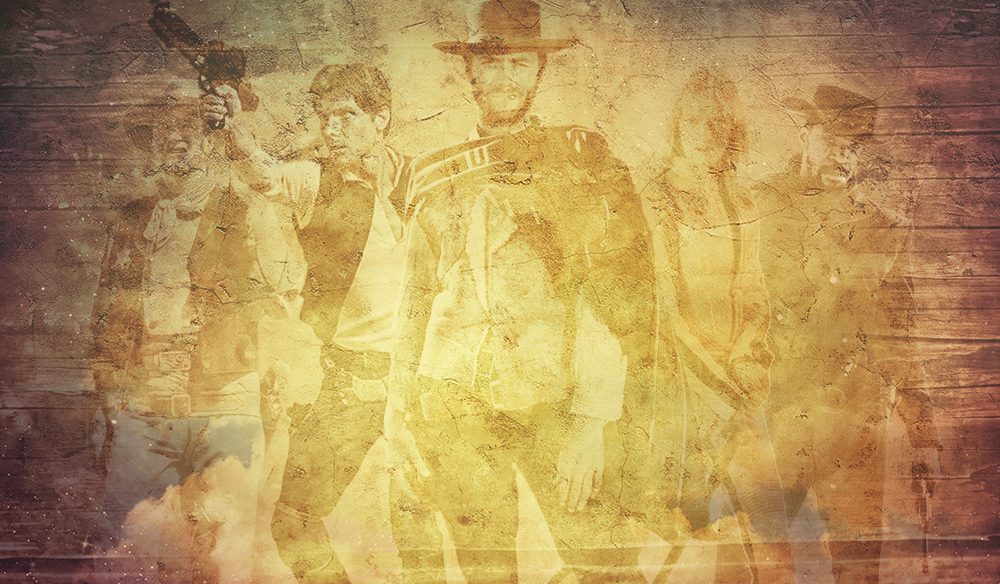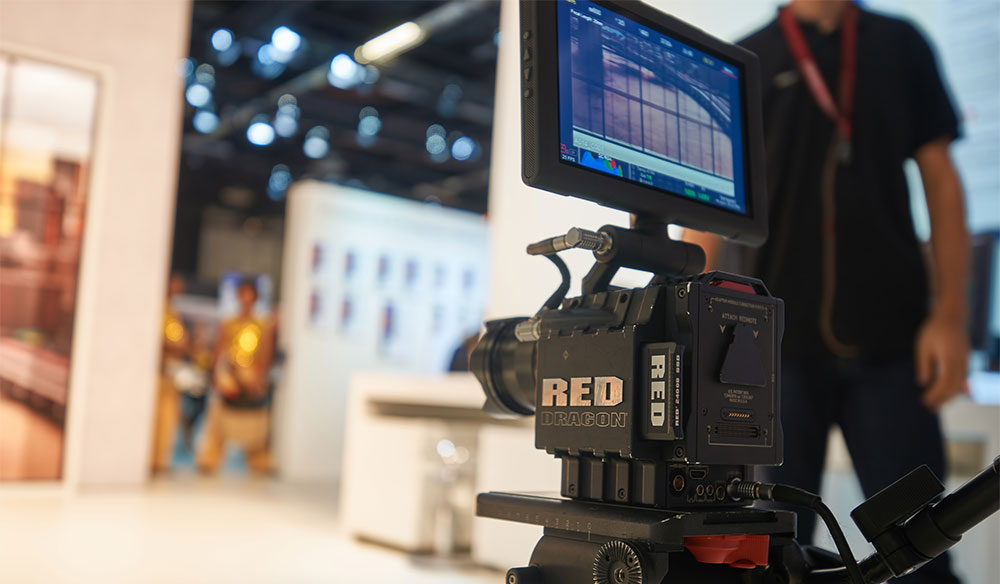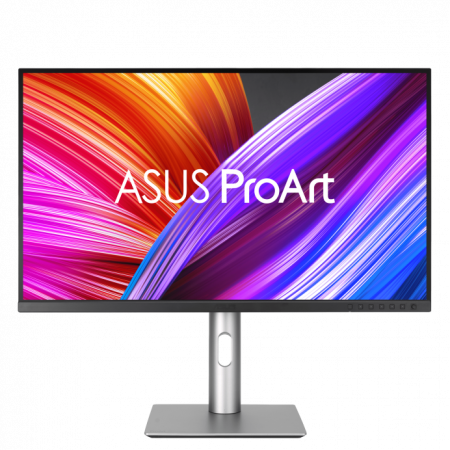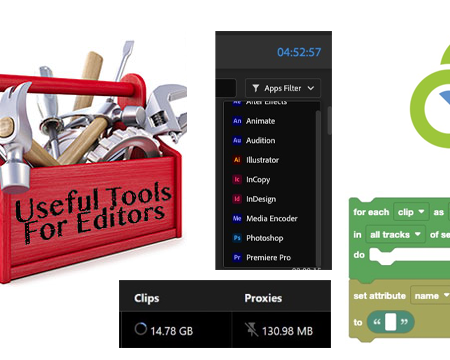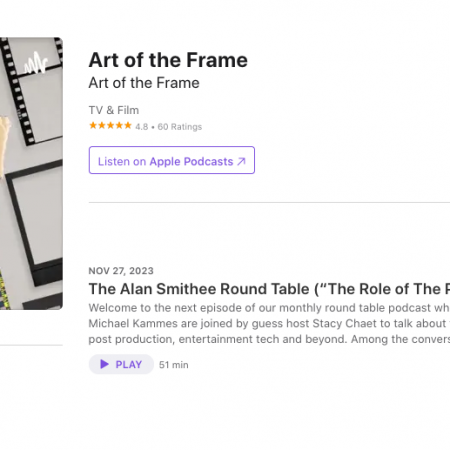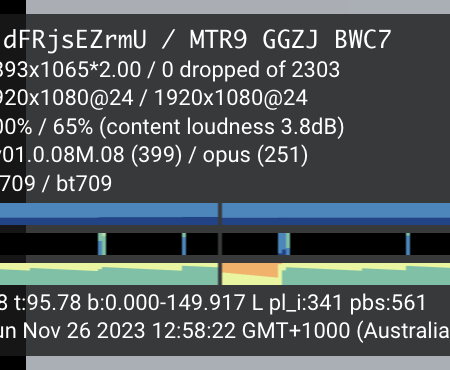Get ready for a wild ride with the recently released documentary Assassins, which premiered at the Sundance Film Festival. Cinematographer John Benam shares his experience filming this controversial feature that tells the story of the audacious murder of the brother of North Korea’s Supreme Leader Kim Jong-un. The film explores whether the two young women at the center of the investigation are cold-blooded killers or unwitting pawns in a political assassination.
Documentaries are known for exploring some of the most important and often controversial topics of our time, making them both exciting and dangerous to delve into. We chatted with John Benam about his experiences working with the Canon C300 Mk II and his advice for tackling such serious and dangerous subjects.
As any experienced documentary filmmaker will tell you, finding the right subject is key, but it’s the story underneath that’s most crucial. To tell the story of Assassins, Benam, along with director Ryan White and producer Jessica Hargrave, had to put on their detective hats as well as their cinematic storyteller’s lens to help unravel all the elements and characters.
One unique challenge to weaving stories about real-life people and events is the necessity of working with mixed media types from many different sources. Assassins is no different and actually has many other unique problems, like working with grainy security camera footage, as well as combining organically recorded interviews with other archival content.
Since it was intended for a festival run at Sundance, as well as for theatrical and streaming online, having a solid cinema camera that could shoot 4K and high frame rate was a must. The Canon C300 Mk II has long been a favorite of documentary filmmakers and professional videographers alike. With its wide dynamic range and versatile build, it really is one of the best cinema camera options for riggers of long interviews and run-and-gun videography.
Benam was able to use the camera to help bring out some of the dark and sinister looks for many of their interview and B-roll setups, even in situations that were obviously low-light and often without professional lighting behind him.
Accessing the mood and real feelings of the space is a goal for any documentarian trying to capture people and moments as organically as possible. Especially when dealing with important issues that can have serious ramifications, the last thing a subject wants to be worried about is how they might look on camera, but rather, to be concentrating on engaging in a focused conversation with a director/producer/interviewer.


